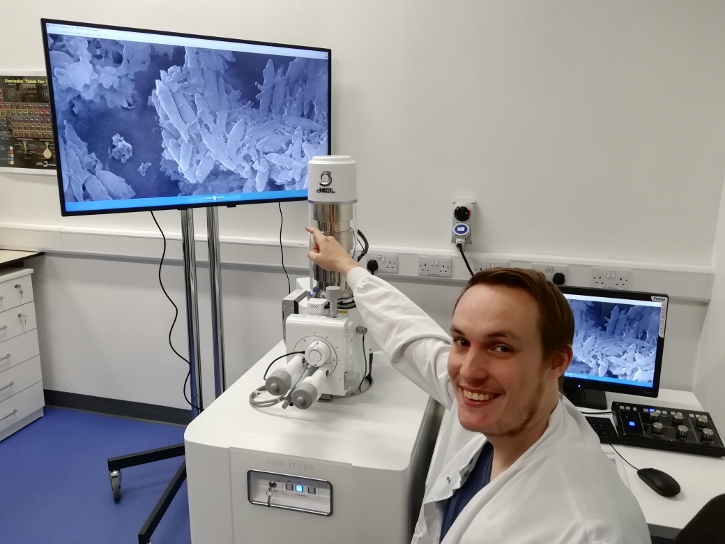In This Section
- Home
- About the College
- Governance
- College Committees & Steering Groups
- College Assembly
- College Council
- College Executive Management Committee
- College Academic Programmes and Curriculum Development Committee
- College Graduate Studies Committee
- College Research & Innovation Committee
- College Teaching Learning and Student Experience Committee
- College Student Recruitment and Outreach Committee
- College Sabbatical Research Leave Committee
- College of SEFS Adjunct Appointments Committee
- International Education Committee
- College Postgraduate Student Committee
- Athena SWAN Steering Group
- College Committees & Steering Groups
- Human Resources
- UCC STEM Awards
- Scholarships and Prizes
- Women in STEM Panel Talks
- Inaugural Professorial Lectures
- Athena SWAN in SEFS
- Proposal Calls
- Contact Us
- Science in Society Public Lecture Series
- Governance
- News
- Staff
- Schools and Departments
- Current Students
- Undergraduate Courses
- Postgraduate Courses
- International Students
- Research and Innovation
- Employability and Careers
- Outreach and Public Engagement
- Science Week
- Transition Year Programmes
X-rays shed new light on Tully Monster mystery

UCC palaeontologists have discovered new evidence on what type of animal is the bizarre 300 million year old fossil known as the “Tully Monster”. The new findings show that the Tully Monster may not be a backboned animal as previously thought.
This new twist in the tale of the Tully Monster is based on cutting-edge analyses of melanin granules – melanosomes – in Tully’s weird stalked eyes. Chemical tests show that Tully’s eye melanosomes resemble those in animals without backbones.
The study, published today in the journal Proceedings of the Royal Society B: Biological Sciences, was led by UCC’s Drs Chris Rogers and Maria McNamara with an international team of scientists from the UK, USA and Japan.
Was the mysterious “Tully Monster” a vertebrate or an invertebrate? New research challenges a previous classification of the creature. https://t.co/bcxjSddkTs
— AAAS (@aaas) October 23, 2019
The team used cutting-edge techniques to analyse the structure and chemistry of the eyes of the Tully Monster fossil, along with various other fossils and modern animals.
The eyes of Tully contain layers of melanosomes, a feature thought to exist only in the eyes of animals with backbones. Surprisingly, however, the new study shows that these layers are also found in the eyes of animals without backbones, such as octopus and squid. ‘I was amazed’ said Dr Rogers. ‘for decades scientists have failed to identify the pigments in the eyes of animals like the octopus, but our chemical tests show it’s definitely melanin.’
Melanosome analysis of extant and fossil eyes - implications for the ‘Tully Monster’ fossil #ProcB https://t.co/h95Pv4RwUq @MariaMcN_palaeo @Theironlobster @uccBEES pic.twitter.com/I1xjaY3TDb
— Royal Society Publishing (@RSocPublishing) October 29, 2019
Powerful X-ray analyses show that the eye melanosomes of animals with and without backbones contain different metals. Controversially, the metals in the Tully Monster’s eyes are like those of animals without backbones. ‘This means that invertebrates are still contenders for the Tully animal,’ says senior author Dr McNamara. ‘The riddle of what kind of fossil creature this is continues, but future X-ray work will probably play an important part in figuring out the identity of Tully Monster and other enigmatic fossils.’
College of Science, Engineering and Food Science
Coláiste na hEolaíochta, na hInnealtóireachta agus na hEolaíochta Bia
Contact us
Block E, Level 3, Food Science Building, UCC, Cork, T12 YN60.
